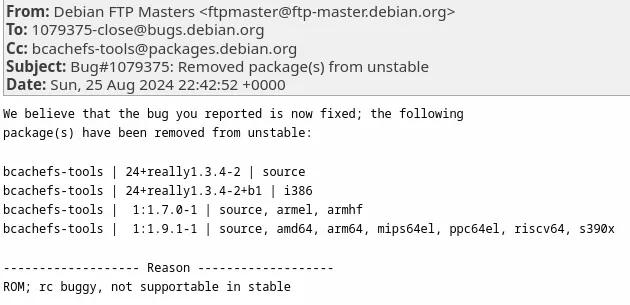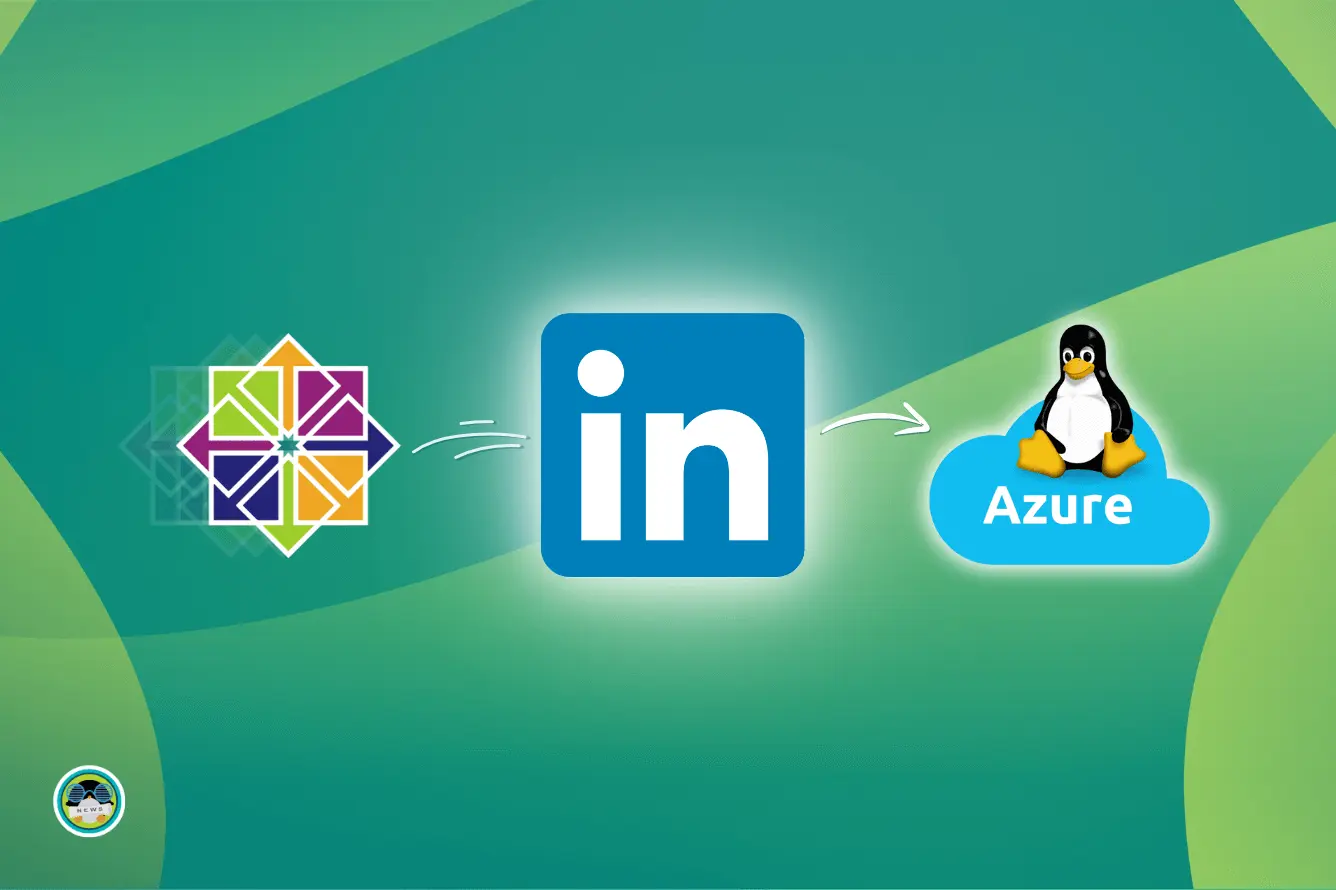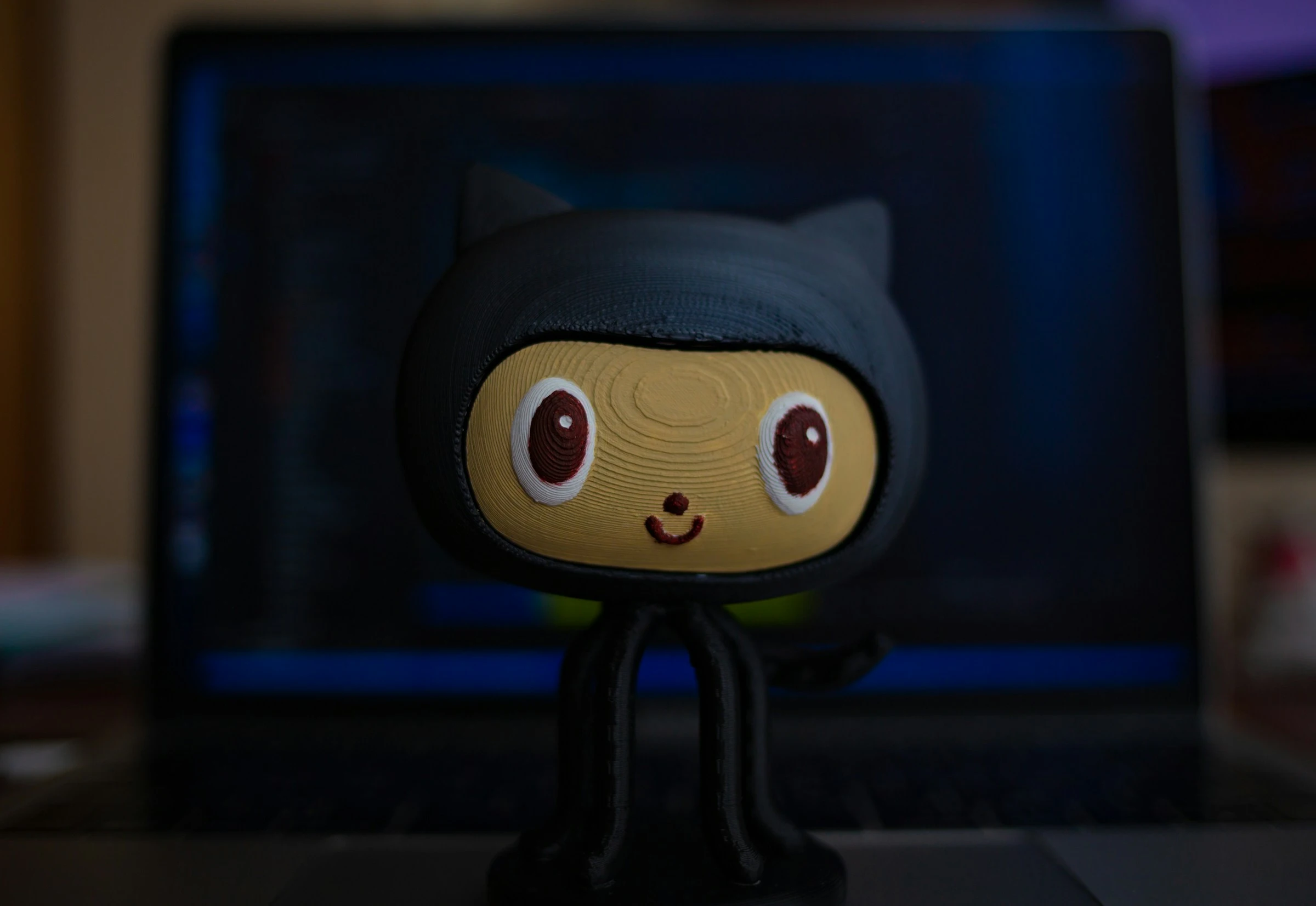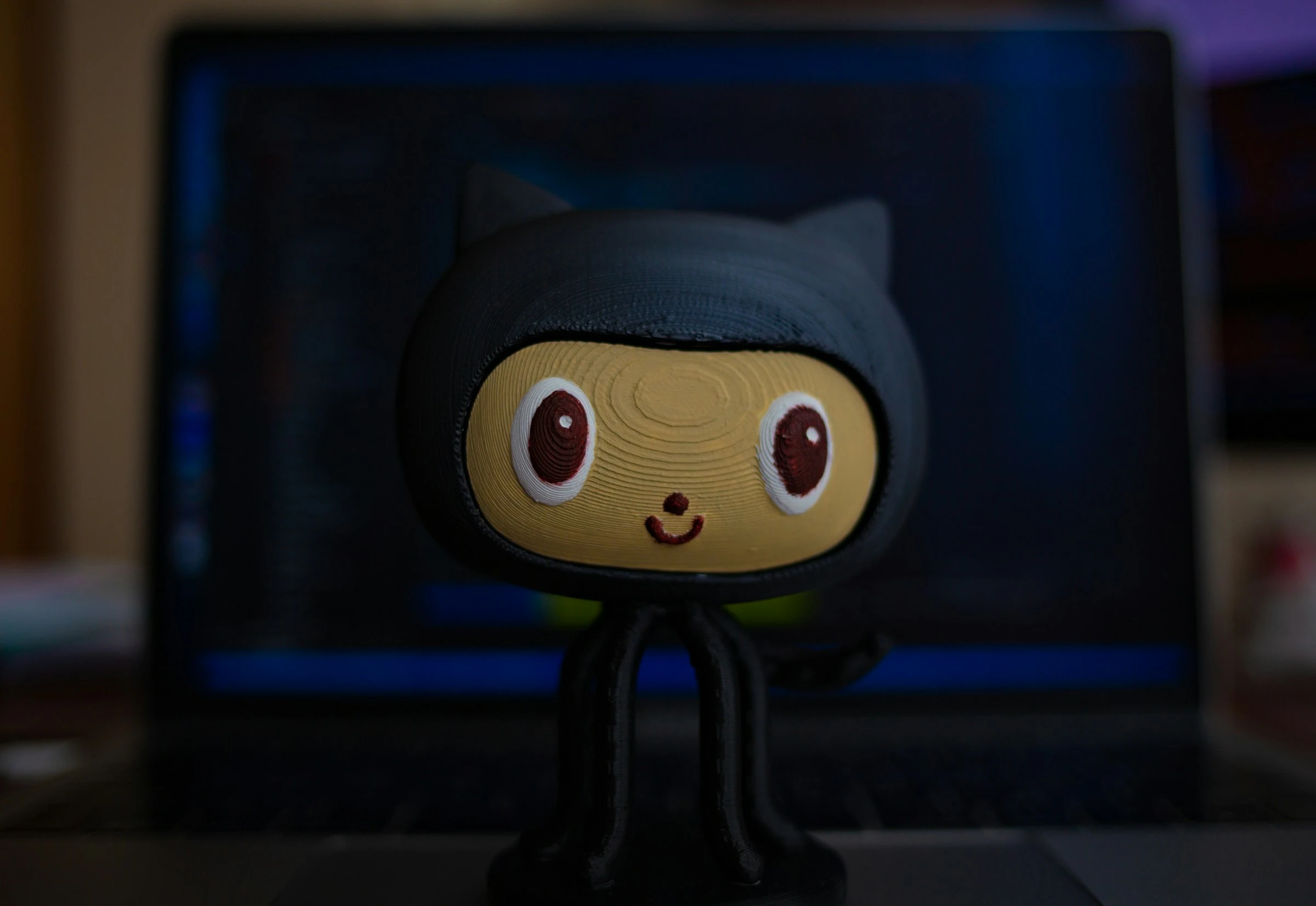- 106 Posts
- 20 Comments

 4·6 days ago
4·6 days agoYes, based on the diagrams on their blog, it looks like this only impacts Snaps.

 12·6 days ago
12·6 days agoFrom the Discourse Blog:
The Linux desktop provides XDG Desktop Portals as a standardised way for applications to access resources that are outside of the sandbox. Applications that have been updated to use XDG Desktop Portals will continue to use them. Prompting is not intended to replace XDG Desktop Portals but to complement them by providing the desktop an alternative way to ask the user for permission. Either when an application has not been updated to use XDG Desktop Portals, or when it makes access requests not covered by XDG Desktop Portals.
Since prompting works at the syscall level, it does not require an application’s awareness or cooperation to work and extends the set of applications that can be run inside of a sandbox, allowing for a safer desktop. It is designed to enable desktop applications to take full advantage of snap packaging that might otherwise require classic confinement.
So this looks like it complements and not replaces the XDG Desktop Portals, especially for applications that have not implemented the Portals. It allows you to still run those applications in confinement while providing some more granular access controls.

 16·12 days ago
16·12 days agoI think you meant Pop!_OS (is developed by System76). TuxedoOS is developed by Tuxedo Computers, which is a European Linux focused hardware company.
That said, the point stands… there are hardware companies making Linux supported devices.

 6·20 days ago
6·20 days agoOh. I’m sorry if this was discussed previously… I only returned to lemmy a few weeks ago and didn’t see the story covered yet.

 6·27 days ago
6·27 days agoCoincidentally, I received a firmware (EFI) update from Dell today via LVFS. Really nice that it works so smoothly on native Linux (no more manually downloading firmware to USB drives, or relying on Windows).

 2·28 days ago
2·28 days agoThe reasons for this shift in budget away from funding Free Software and the NGI initiative seems to be an allocation of more funds for AI, leaving internet infrastructure by the wayside. Meanwhile, the EC has thus far declined to comment to share its official reasoning for striking this funding from its budget.
Sigh. It appears that they are chasing after the latest “shiny” thing instead of investing in existing infrastructure. Not surprising, but disappointing.

 3·28 days ago
3·28 days agoPretty happy that we opted out of the Slack AI “feature” at work.
What are your thoughts on SerenityOS?

 3·1 month ago
3·1 month agoI currently use Ubuntu for all my machines (desktops, laptops, and servers), but I used to use Void Linux on my machines for about 6 years, including on a couple of VPSes. Since you are familiar with Void Linux, you could stick with that and just use Docker/Podman for the individual services such as Matrix, Mastodon, etc.
In regards to Debian, while the packages are somewhat frozen, they do get security updates and backports by the Debian security team:
https://www.debian.org/security/
There is even a LTS version of Debian that will continue backporting security updates:
Good luck!

 23·1 month ago
23·1 month agoNot a bad list. Off the top of my head, I would say it is missing two things:
- Discrete Math (formal logic, sets, probability, etc)
- Theory of Computing (not just algorithms, but things like Turing machines, NFAs, DFAs, etc.). These may not be strictly the most practical courses, but I think a Computer Science degree would be incomplete without these.
The “Introduction to Operating Systems” link no longer works (redirects to “Autonomous Systems” courses). Instead, I would recommend using Operating Systems: Three Easy Pieces, which is the textbook I use in my OS course.
Finally, something like The Missing Semester of Your CS Education would also be a nice extra.

 4·1 month ago
4·1 month agoNo, most likely Pipewire would be used to implement the protocol for various compositors.
Think of the protocols as high-level descriptions of interfaces (or designs) that specify what needs to be implemented to support a particular feature (in this case capturing images of a “screen”). Looking at this one, it describes a
ext_image_capture_source_v1object that has various methods such ascreate_sourceanddestroy. Different compositors could then implement or support this interface with whatever technology they wish (most will rely on Pipewire).This is already the case with the existing screensharing protocol. For instance wlroots uses pipewire buffers in xdg-desktop-portal-wlr.

 46·10 months ago
46·10 months agoAnd that’s exactly what happened in your case David. Which is why I’m so happy (also because I fixed the tools from an author I like and already had the books at home :-P):
Really detailed and cool response from the kernel developer. I also found the use of the recent BPF feature to provide a workaround until a proper kernel fix lands really interesting.

 1·11 months ago
1·11 months agoJust to note… I’m not the author of the blog post, I just shared it b/c I thought it was an interesting story. I don’t think the author is on Lemmy.

 1·11 months ago
1·11 months agoNot a fan of the XPS line (expensive, not great thermals, and meh port selection) and I have never own one (though I’ve seen others with them). That said, I have a few of their Latitudes (currently using Latitude 7420) and one Precision and those run Linux really well.
One thing most people don’t realize is that Dell does support Linux (ie. Ubuntu) beyond the XPS line and you can buy Latitudes or Precisions with Linux support OOTB. Additionally, Dell ships firmware updates via LVFS on their XPS, Latitude, and Precision lines. The support isn’t perfect, but I have been happy with using Dell hardware and Linux for over a decade now.
PS. You can get really good deals via the Dell Outlet (my current laptop is refurbished from there), and you can usually find a number of off-lease or 2nd systems or parts on Ebay (very similar to Thinkpads).

 1·1 year ago
1·1 year agoKinda disappointing as it shows a lack of care and support for Linux, but hopefully the fix will come out soon.
I look forward to seeing the Linux numbers.

 1·1 year ago
1·1 year agoContributing immortal objects into Python introduces true immutability guarantees for the first time ever. It helps objects bypass both reference counts and garbage collection checks. This means that we can now share immortal objects across threads without requiring the GIL to provide thread safety.
This is actually really cool. In general, if you can make things immutable or avoid state, then that will help you structure things concurrently. With immortal objects you now can guarantee that immutability without costly locks. It will be interesting to see what the final round of benchmarks are when this is fully implemented.

 0·1 year ago
0·1 year agoDo you have anything else your
~/.bashrcthat is perhaps overwriting thePATH?One thing you can do is just add
echos to your.profileto see if it is getting sourced and what the state ofPATHis as it gets loaded. That might help you trace what is happening.

 1·1 year ago
1·1 year agoIt does not use snaps, according to First Look at Rhino Linux, a Rolling-Release Distro Based on Ubuntu and Xfce:
Ubuntu fans who don’t like Snaps would also love to hear that Rhino Linux doesn’t include Snap apps, nor Flatpak apps.













It looks like you are running XFCE instead of GNOME (the normal Ubuntu desktop). I’m not sure how that happened… but you an always just install another desktop.
For instance, you can try to make sure you have the
ubuntu-desktoporubuntu-desktop-minimalmetapackage installed:After that, the login manager should allow you to select the Ubuntu session rather than the XFCE one.